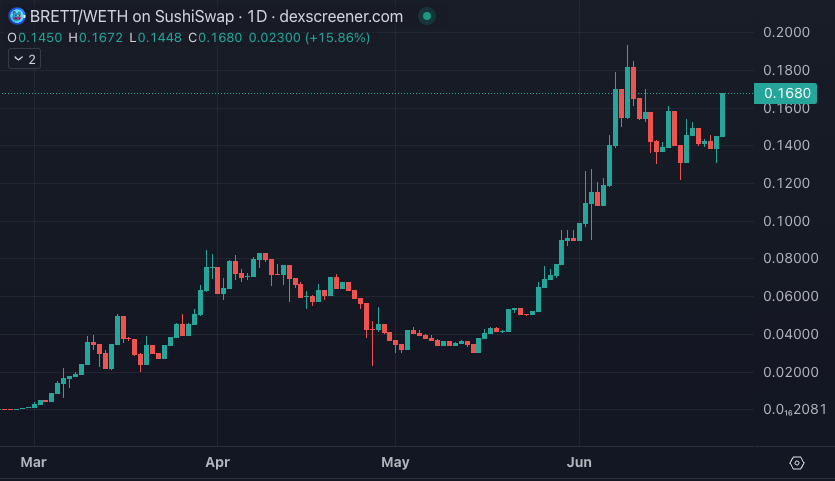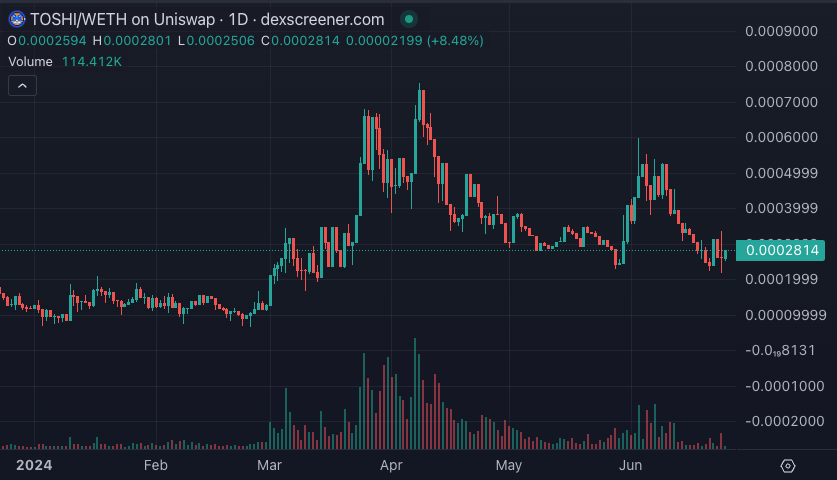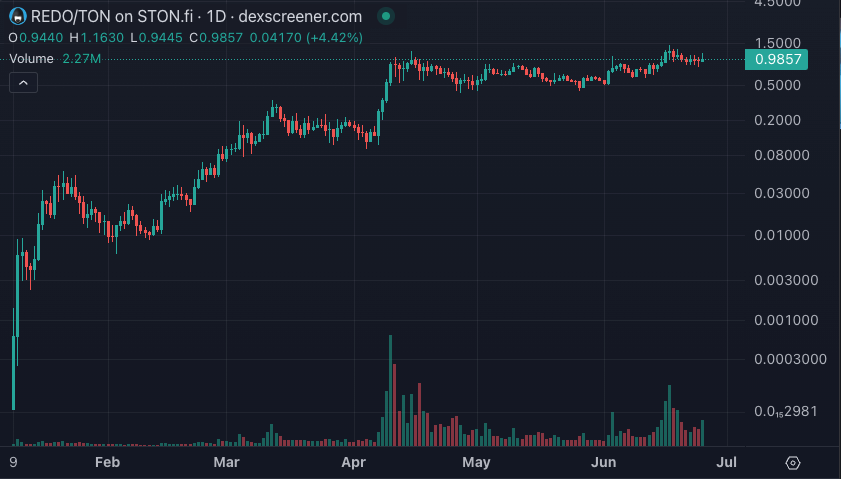This cycle has been characterised by some as the “memecoin cycle”, others have gone as far as to describe it as the “memecoin supercycle”. We have seen new memecoins like WIF go from zero to literally billions in market capitalisation in a matter of months. We have seen entire products built around the memecoin phenomenon with the launch of products like pump.fun. Whether you like it or not, memecoins cannot be ignored.
Most active Crypto participants will be painfully aware that the performance of memecoins thus far through the cycle has been incredible, with memecoins as a sector, outperforming every other sector by a significant margin. When we see stories about traders riding a memecoin for insane multiples, the question is always, “how did they identify that specific memecoin?”. Of course, there is an element of survivorship bias but could there be something else at play?
Generally at HFAResearch we focus on fundamentally driven ideas both from an investment, trading and farming perspective. This has made it difficult to cover the memecoin sector - like NFTs, often the investment case for memecoins is a little more wishy washy, more dependent on “the vibe” and the meme itself which makes fundamental analysis a little more difficult. At least, that’s what we thought until we discovered what we refer to as the “Memecoin TVL Pump Theory”.
The Memecoin TVL Pump Theory states that the premier memecoin or basket of premier memecoins will act as a levered bet on the TVL of a chain. Before we lay out the various examples we have seen in the past, first let us understand why this makes sense.
We know that as a chain gains TVL, a certain portion will flow into certain applications or “destinations” on that chain… X% will go into money markets, Y% will go and LP on the premier DEX etc. It is therefore logical to assume that a %, allbeit a small % will want to go and find the highest beta way to bet on the chain in question. How do they do that? Well, by buying the premier memecoin or basket of premier memecoins. Perhaps to some of you this is so obvious it does not need to be stated but we believe it provides a valuable and perhaps de-risked way of participating in memecoins as it provides some “fundamental” way of assessing future memecoin performance (in either direction).
Let’s look at a few instances where this has played out historically:
Base

TON
The above examples paint an undeniable picture; TVL inflows = premier memecoin performance. If one can predict an increase in TVL one could then take a position in the premier memecoin on that chain as a convex bet on their TVL prediction.
Critics of this strategy will say that the returns will be lower by design as it requires knowing which is the premier memecoin in order to identify where TVL will flow. This is a valid criticism, this strategy certainly doesn’t allow for sniping a memecoin at $100k market cap and riding it 1000x to $100m, but it can work extremely well for finding something slightly larger and somewhat established and riding it up from there. For example, during the parabolic TVL run Base experienced between late February and early April, Toshi went from a $40m market cap to a $300m+ market cap, hardly a lacklustre return in less than 2 months.
Predicting increases in TVL falls into 2 buckets, long term and short term. Long term is really a game of predicting where TVL will flow on a multi month basis. We might point to Base having Coinbase as a funnel for onboarding retail users as a reason to believe TVL growth will remain sticky. We might look at the close, almost incestuous, relationship between TON and Telegram, to understand the TVL implications of all 900 million monthly active Telegram users coming on chain. We might point to Solana and their superior chain UX and mobile wallets as a reason to believe that is where TVL will onboard. You get the point; long term looks at the deeper distribution fundamentals of a chain in order to predict TVL growth on a longer time horizon. You would then research the premier memecoin or memecoins on that chain and make your bets accordingly.
The short term approach looks at near term catalysts like points programs or airdrops as a reason for TVL growth. For example, upon announcing their Surge Points program, $FOXY which is the premier memecoin on Linea, performed extremely well during the resultant TVL inflows:
The short term approach requires a more active focus on the market and where capital is likely to flow based on incentive programs. This is a relatively similar game to the one some of us played last cycle; entering the pool 2 of the premier DEX on a new chain as a way to bet on TVL increases as a result of incentive programs.
A more actionable example could be Scroll, having introduced their recent marks (read: points) program, we are already seeing TVL go parabolic. Could Scroll be the next prime hunting ground for the shorter term strategy?
We believe this approach provides a more systematic and de-risked way of making bets on the memecoin sector but we’re new to this space so we want to hear your reactions! Find us on Twitter at @HFAresearch and let us know what you think of our “Memecoin TVL Pump Theory ”.
If you enjoyed and want to see more content like this, feel free to check out the Humble Farmer Army premium discord here.
You’ll get access to:
Weekly Premium Content
An Exclusive Community
DeFi Yield Strategies
Degen Farms & New Launches
DeFi Education & Analysis
And Real-Time DeFi Alerts
Humble Farmers Rejoice!











